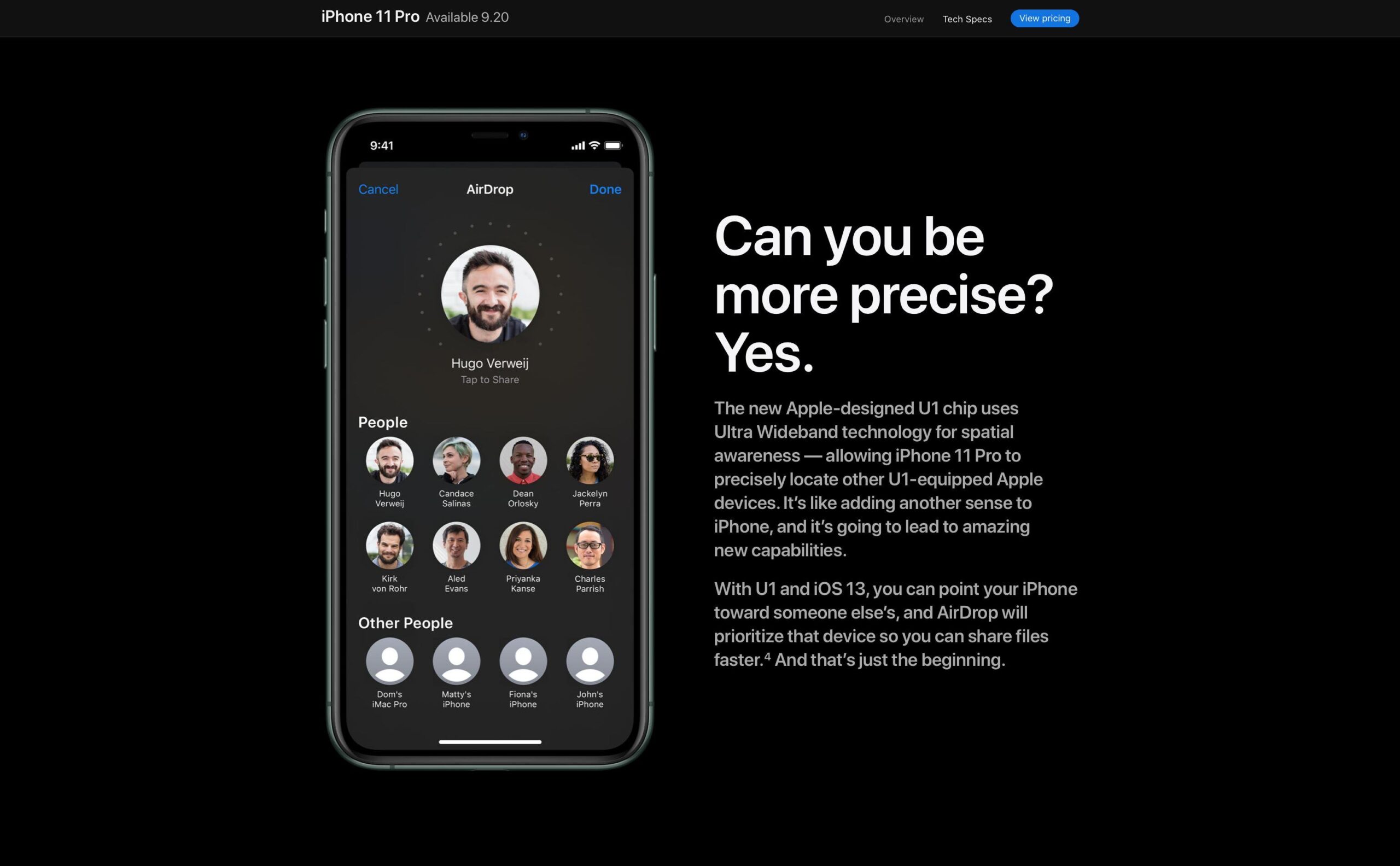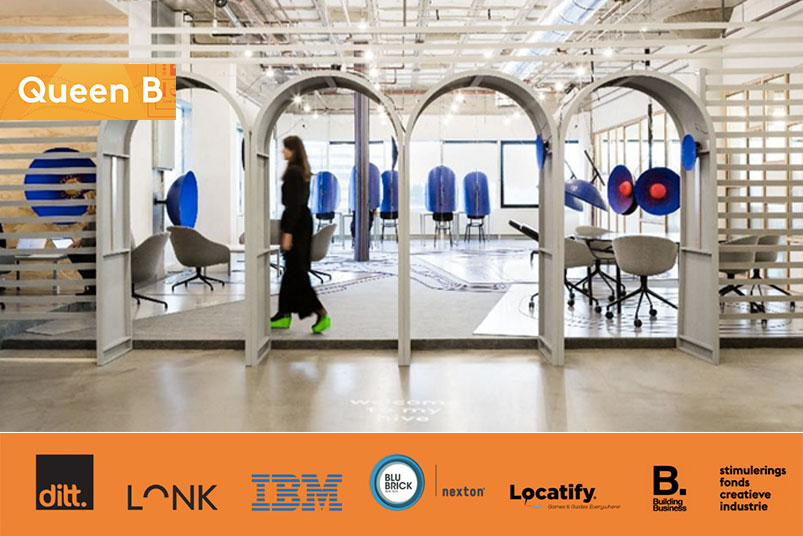Introduction
Indoor positioning technology is becoming commercially available in various forms and quality. It’s a jungle out there and no one proven method has been sufficient for all purposes unlike the outdoor positioning with the use of GPS satellite technology.
Positioning systems have played a major role in people’s lives since GPS satellite technology became publicly available in the late 90’s, and today almost everyone has a device with positioning capabilities whether it be a smartphone, tablet, GPS tracking device or a smart-watch with built-in GPS.
GPS revolutionised outdoor positioning, and now we see to move to indoor positioning, where new technologies are required. Satellite-based positioning doesn’t work indoors or in narrow street, as the signal tends to attenuate and get scatter by roofs and walls. Luckily, other technological standards have emerged that make indoor positioning possible, albeit with a new type of infrastructure.
There are many reasons an individual or organisation would be interested in indoor positioning. From improving the ease of navigation, finding what you’re looking for, deliver/receive targeted location-based information, improve accessibility, accrue valuable data insights and much more.
Available Indoor Positioning Technologies
The technologies used today for indoor positioning vary widely in terms of accuracy, cost and maintenance requirements – but have all made improvements in the last few years.
Bluetooth Low Energy
Bluetooth Low Energy (BLE) signals from battery-driven beacons are at the core of the indoor location technology. It’s one of most prominent technologies that has emerged for indoor positioning and has become industry-standard available on most devices today. It uses so-called BLE beacons (or iBeacons) that are inexpensive, small, have a long battery life, and do not require an external energy source. The device (phone/watch etc.) detects the signal from the beacon and can roughly calculate the distance to the beacon, therefore estimating a users indoor location.
Ultra-Wideband (UWB)
Ultra-wideband or “UWB” is undoubtedly the most precise method of indoor positioning available, although with additional hardware requirements and cost, compared with alternative solutions. UWB consists of placing UWB anchors in the corners of a space up to 40m apart and attaching a UWB locator tag to an asset to be tracked. The UWB tag sends radio signal pulses between 3-7GHZ which the anchors use to position the tag with up to 30cm accuracy in a 2D space and with positioning updates up to every 50ms.
>> Learn more about UWB based Indoor Positioning here or compare UWB vs. BLE for Indoor Positioning<<
WiFi
WiFi can be used in a similar way as BLE beacons but requires an external power source and higher setup and hardware costs. The signal tends to be stronger than BLE and it can cover more distance, but ultimately WiFi is most suitable when an option to harness an existing WiFi infrastructure is possible.
Magnetic Field Detection
Magnetic field detection using the compass sensor on a device can also be used for indoor positioning. A so-called “fingerprinting” technology is used to map the magnetic fields on the venue and then the device can use that map to find its location indoors. This technology can only be applied in certain circumstances where the magnetic fields indoor are stable.
Near Field Communication
The NFC (Near Field Communication) technology consists of small chips that do not require a power source and the device will detect the chip and read its serial number if the device is within 30cm away from the chip. This technology is being applied now in Point Of Sale systems but can as well be used for precise indoor positioning within 30 cm. The NFC technology is only available on newer phones so it will take some time for it to take a foothold. It will replace the conventional QR codes as it is more convenient because QR codes need to be visible and require good light and camera.
Gyroscope and Accelerometer
A gyroscope is a device for measuring or maintaining orientation, based on the principles of conservation of angular momentum. Most smartphones have a built-in gyroscope and compass. The device can use this information in addition to the other technologies mentioned for even more precise positioning.
At Locatify we decided to originally enter the indoor positioning market with BLE technology because it is reliable, accurate enough for most use cases, easy to maintain, and requires little installation work. After introducing BLE indoor positioning to our platform, we also integrated UWB for use-cases which required more precision.
How does BLE based Indoor Positioning work?
1. Positioning the user
BLE beacons are the cornerstones of indoor positioning. With this technology, the device can detect when in range of a beacon and even calculate its position if in range of more than two beacons (see Trilateration vs Proximity detection).
The first positioning prototypes based on BLE were only able to detect which Beacon is closest to the user, but today we are able to use distance data from many beacons and position the user in 2D space on indoor map. Accuracy does vary depending on circumstances but can be as good as within +-1.5 meters (as achieved in the Eldheimar Museum).
This technology is developing further, offering more precise positioning by utilising the use of magnetic field detection, gyroscope, accelerator meter and Near Field Communication (NFC) chips.
2. From the perspective of customer/visitor – Apps
Customers and visitors use this technology for navigation and for location-based content reception. For that they use their smartphone, tablet or watch with an app they install. The app usually provides indoor maps and location specific content delivery.
3. The Organisation’s perspective – Content Management System (CMS)
Organizations decide to use BLE positioning systems to provide a better experience to their visitors or customers. Location-based systems can bring benefits to almost any type of organization. For example:
- Museums can deliver location-based narrations supported by a map of a venue to visitors, thus providing navigation and interactive learning.
- In retail, indoor positioning systems can be used for location-based advertising, navigation, and delivery of other location-based content to customers.
- Airports and hospitals could benefit from location-based data including turn-by-turn navigation.
The CMS web interface is used by organizations to manage their content, floor maps and beacon positions. A CMS is frequently a hosted software service and keeps track of every piece of content in the app which visitors or customers use. A fully functional CMS is necessary for organizations because it gives complete control over the content that the users will see.
Organisations already using BLE positioning systems
1. Eldheimar Museum, Iceland
Locatify equipped Eldheimar museum with BLE indoor positioning technology in 2014. This was probably the first museum in the world equipped with beacons for positioning visitors. The system provides visitors navigation and location triggered content. You can read more about this project here.
2. American Airlines, United States
American Airlines use BLE beacons to send location-triggered information through the American Airlines app. American Airlines app users can get information like distance to gate, boarding time, and closest security check line. You can read more about this here.
3. Walmart, United States
Walmart is using BLE beacons to send push notifications of special offers and discount coupons to customers in their stores.
BLE positioning system hardware requirements
BLE Beacons
BLE Beacons are small devices that can be easily mounted on walls. Their mission is to help Smartphones determine the location. BLE beacons use a battery power supply and consume very little energy. Good beacons can run for years on a single battery charge.
Because BLE is an open industry standard, many manufacturers make compatible BLE beacons. Manufacturers do differ in terms of quality, signal stability, battery life, and how they package the beacons. One of the most popular beacon manufacturers at the moment are Estimote and Kontakt.io with many more emerging. Even LED light manufactures have begun including BLE beacons in their light fixtures. Price per beacon varies with good quality beacons priced around 20 Euros per piece.
For simple solutions, one beacon can be used to trigger a point (a location that triggers content delivery). For advanced solutions where we want to locate the user accurately in 2D space and show his whereabouts on the map (like the blue GPS dot does outside), more beacons are required.
What will the future bring?
The future of indoor positioning is definitely bright with new applications emerging utilizing the technology. BLE beacons are inexpensive, easy to install, and easy to maintain thus making this technology available to almost every organization.
Indoor positioning technologies are beyond the pilot phase and are helping a variety of organizations to improve their customers’ experience. There is a big potential for this technology within museums, shopping centres, airports, theme parks, conferences, and events organizers, basically everywhere where indoor navigation and location-based content is important.
At Locatify we encourage you to try out our CMS and test your results in our testing app (both free of charge). All you need are BLE beacons and Smartphones running Android or iOS.
Our CMS is currently set up for Museum installations, conferences and events, indoor treasure hunt games, and retail shopping centres but can be adjusted for most use cases.
For more information on beacons and location-based app solutions, see our other related blog posts below and If you have any additional questions, please contact us – we’ll be happy to help.
Create a BLE Beacon project today
Locatify’s Creator CMS makes it easy for anyone to create an indoor project using BLE Beacons for indoor positioning or location-based content triggering.



